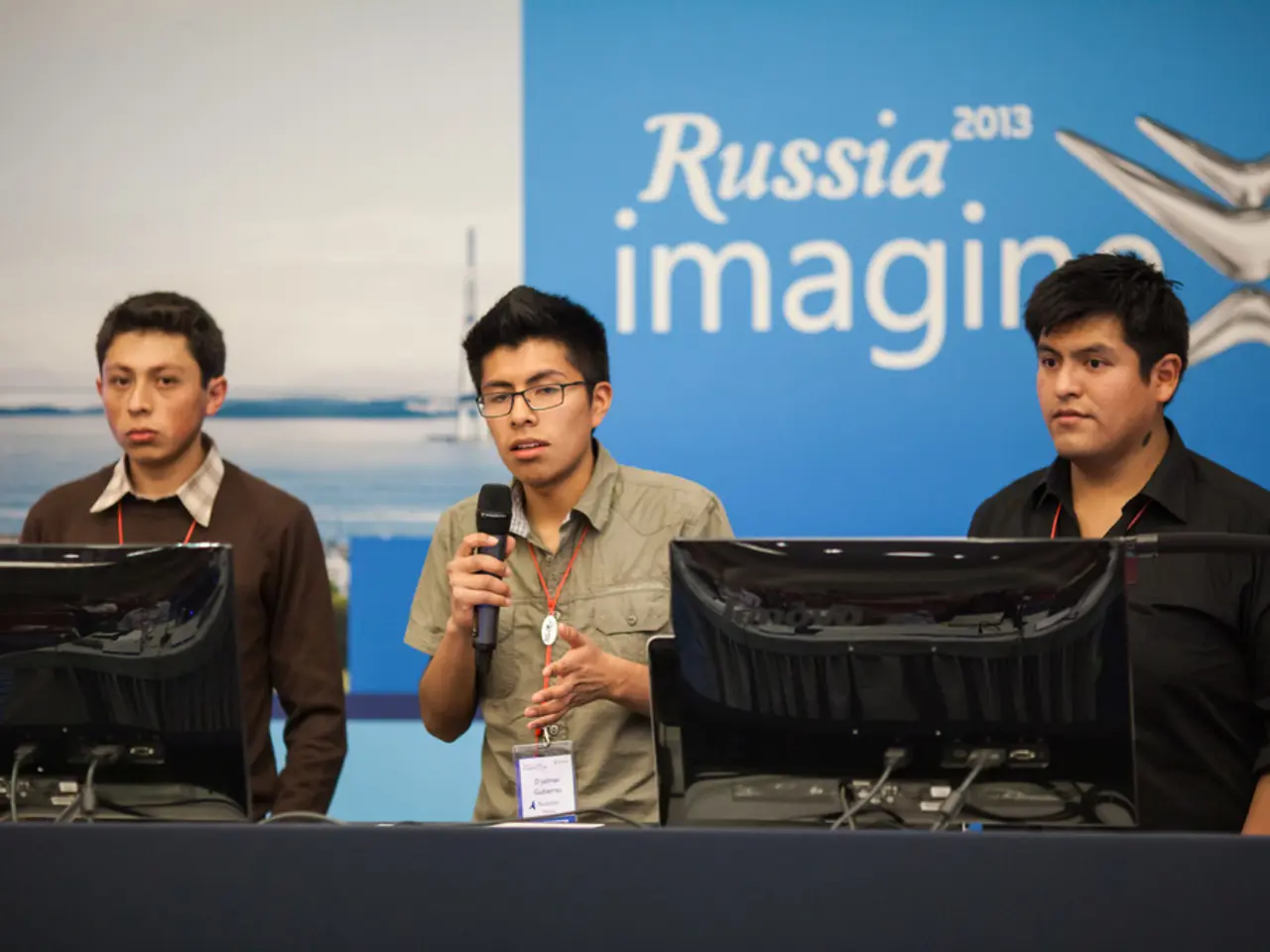Russian soldiers encircle the Ukrainian military camp in Perevalne village.
In the geopolitical landscape of Eastern Europe, the strategic peninsula of Crimea holds a significant place. Currently under the control of Russia, as per Ukraine's interim president Oleksandr Turchynov, Crimea is a hotbed of historical and contemporary conflict.
Geographically, Crimea is connected to Ukraine by a narrow strip, relies on mainland Ukraine for water, and has the Strait of Kerch to its east, where a bridge connecting Crimea to the mainland is proposed. This peninsula, home to Russia's Black Sea Fleet, is not a new battleground. The Crimean War (1853-56) was a conflict over control of Crimea between Russia, the Ottoman Empire, and European allies.
The annexation of Crimea by Russia in 2014 is not the only historical example of Russia asserting control over territories from former Soviet republics. During the Soviet period, Russian-led interventions were common in satellite states showing signs of unrest, such as Hungary (1956), Czechoslovakia (1968), and Afghanistan (1979).
More recently, the annexation of Crimea from Ukraine in 2014 involved Russian forces seizing control of key government buildings and infrastructure, followed by a referendum that led to Crimea's official annexation by Russia. The international community generally views this as an illegal annexation.
Similar events have unfolded in other regions. After a war in 1992-93, the mountainous region of Abkhazia, located on the eastern coast of the Black Sea, was annexed, leading to approximately 8,000 deaths and displacing 240,000 people, according to the International Crisis Group. South Ossetia, another former Georgian territory, also became effectively lost to Moscow after a conflict in the early 1990s.
The Crimean population is largely Russian (59%) and has welcomed Russian forces, but 12% are Crimean Tartars, who lean more heavily in support of pro-Western and anti-Yanukovych protestors in Kiev. The conflict in Crimea is reminiscent of the annexation of Abkhazia and the status of these regions has become another "frozen conflict" - an area where armed conflict has ended but the political status remains unresolved.
The current situation in Crimea is described as a military occupation by Steven Pifer, a Brookings Institution expert and former U.S. ambassador to Ukraine. However, Russia may not have decided its next move in Crimea, according to Pifer.
The events in Crimea have raised concerns about further turmoil in Ukraine's eastern and historically Russian-leaning regions. Many fear that the conflict in Crimea could lead to further instability in these regions.
The idea of reuniting territories that were once part of the Soviet Union or the Russian Empire is a theme that has been discussed within Russia, particularly under the concept of a "Russia within the borders of the USSR" or reintegration of former Tsarist territories. However, these ideas have not recently led to direct territorial annexations from former Soviet republics beyond Crimea.
In a more imaginative context, Soviet writer Vassily Aksyonov reimagined Crimea as an actual island, a successful holdout of the Russian aristocracy after the Bolshevik revolution and civil war, in his novel "The Island of Crimea."
The ongoing conflict in Crimea serves as a stark reminder of the complex and often contentious history of Eastern Europe. As the international community grapples with the implications of these events, the future of Crimea and its relationship with Ukraine remains uncertain.
- The ongoing conflict in Crimea is a modern example of war-and-conflicts in Eastern Europe, with historical precedents such as the Crimean War (1853-56) and Russia's interventions in former Soviet republics during the Soviet period.
- Crimea's annexation by Russia in 2014 has raised concerns about general-news of further turmoil in Ukraine's eastern regions and has been classified as an illegal annexation by the international community.
- Crimean Tartars, who represent 12% of the Crimean population, lean more heavily in support of pro-Western and anti-Yanukovych protestors in Kiev, creating a political rift within the region.
- In a broader context, the idea of reuniting territories that were once part of the Soviet Union or the Russian Empire has been a topic of discussions within Russia, but direct territorial annexations from former Soviet republics beyond Crimea have not occurred recently.




